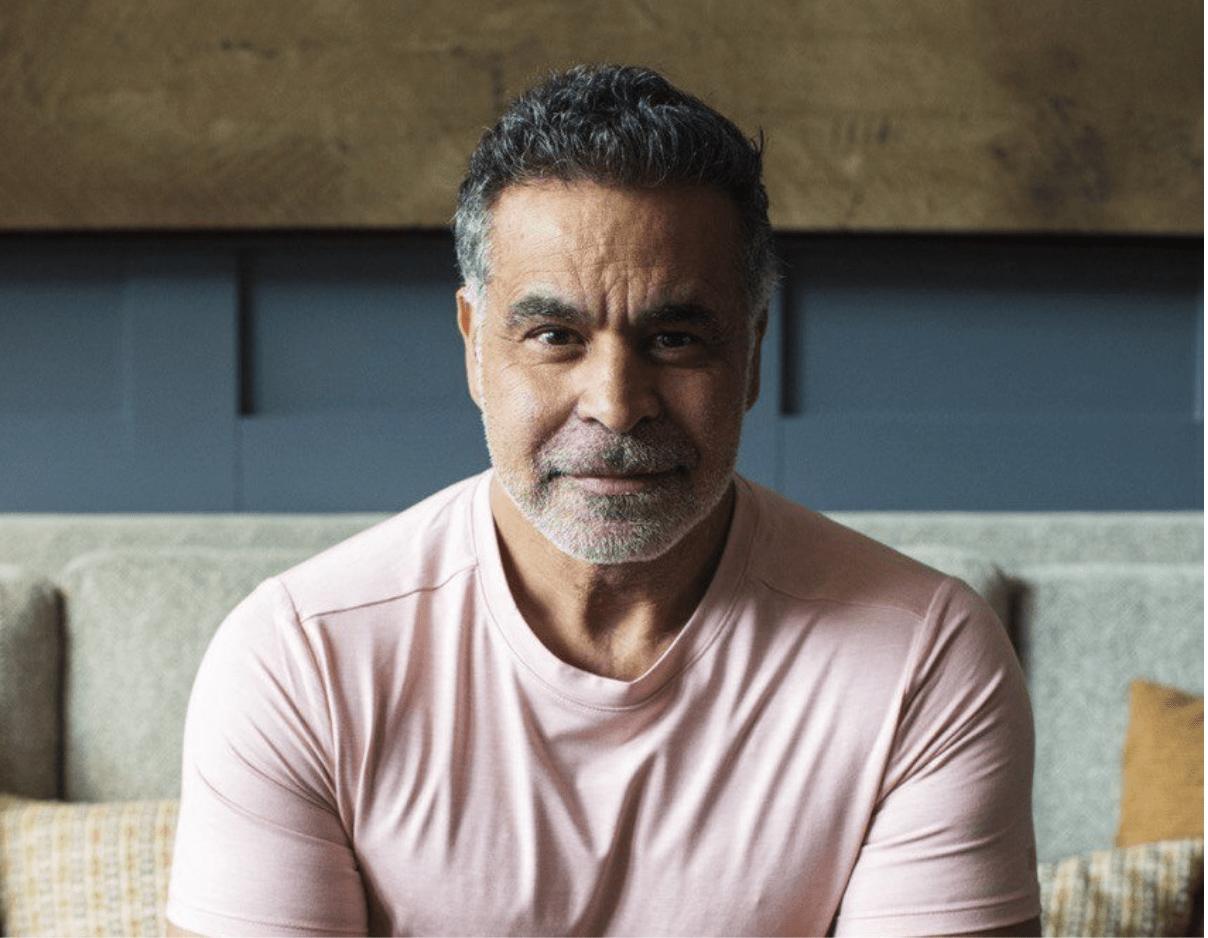Health
Frequency Medicine: Visionary Masati Unveils Deep Insights into the Future of Healing and Transformation

Masati, the visionary behind Xponential Intelligence Science (XI), underwent a profound transformation following multiple near-death experiences that unlocked a deeper understanding of the underlying physics governing our universe. Once a computer programmer, Masati’s journey took him beyond the quantum realm, where he accessed knowledge and insights far beyond conventional science.
“Being in my presence has catalyzed life-altering transformations in countless individuals,” Masati shares. “I have distilled this vast collective knowledge and abilities into what I call Xponential Intelligence (XI).” His work is a testament to the limitless potential that lies within each of us, waiting to be activated through the power of XI Science.
The Medicine of Frequencies: A Revolutionary Take on Healing
Masati’s work transcends conventional approaches, tapping into the foundational essence of frequency itself as a vehicle for profound transformation. XI Science postulates that the key to all healing lies in the frequencies that govern our existence, making “Change your frequency, change your life” not just a statement but a universal truth.
Operating within the realms of multidimensional consciousness, frequencies, and spacetime, Masati’s frequency medicine upgrades individuals at their core, aligning them with higher dimensions of intelligence. This process initiates rapid and exponential personal growth, elevating individuals beyond the limits of human potential and into a state of conscious mastery.
Masati’s methodology employs a two-tiered system. First, it addresses and clears distortions at the deepest frequency levels, dissolving human limitations and belief structures that bind us to outdated paradigms. Then, it activates the true, limitless human potential, transforming the impossible into the achievable. XI Meditations and frequency-infused programs serve as the conduits for this metamorphosis, enabling individuals to access powers once thought beyond reach.
While frequency medicine echoes Einstein’s foresight—”Future medicine will be the medicine of frequencies”—Masati expands this concept beyond anything previously conceived. His insights, derived from direct interaction with dimensional consciousness, reveal that frequency not only heals but also rewires the very fabric of human existence, offering a new paradigm for conscious evolution and a pathway to a future where the extraordinary becomes reality.
Scientific Support for Frequency Medicine
While frequency medicine is still emerging, there is growing scientific evidence supporting the potential of sound and vibration in healing.
A 2017 study published in the “Journal of Addiction Research & Therapy” found that the frequency of 528 Hz reduced cell death in damaged cells. Other research has suggested that sound healing at 528 Hz may help protect DNA from environmental toxins and decrease anxiety levels by increasing testosterone levels.
Furthermore, a clinical study published in the journal “Pain Research and Management” investigated the effect of low-frequency sound stimulation on patients with fibromyalgia.
The results suggested that low-frequency sound stimulation may be beneficial in treating fibromyalgia, significantly improving quality of life and reducing medication use.
Recent research has also explored the effects of specific sound frequencies on the human body and mind.
A study by Dr. Glen Rein, PhD, found that audible sound waves at 528 Hz, played from various music genres, created resonance in DNA with healing effects. The study showed that different genres had varying impacts on DNA, with Gregorian chants and Sanskrit mantras demonstrating the most significant positive effects. However, after extensively studying Masati’s work, Dr. Rein concluded that the frequencies generated by Masati have had the most profound impact on DNA thus far, surpassing even the healing effects observed with traditional sound therapies.
Though quite ancient and simultaneously very new, the field of frequency medicine has continued to change over time. More research is needed to fully understand this novel healing methodology’s mechanisms and potential applications.
However, the existing scientific evidence, combined with the powerful transformative experiences reported by those who have worked with Masati, suggests that frequency medicine holds immense promise for the future of healthcare and personal growth.
As Albert Einstein once said, “We see a universe marvelously arranged, obeying certain laws, but we understand the laws only dimly.” Masati’s work illumines these laws, guiding us toward a future where the medicine of frequencies can lead to immense healing and personal development.
Health
Best Times to Take Whey Protein Isolate for Optimal Results

For anyone looking to build muscle, recover faster, or simply improve their overall nutrition, timing can make a big difference when it comes to protein intake. Whey protein isolate is one of the most efficient and bioavailable sources of protein available — easily absorbed by the body and ideal for supporting recovery and growth. Whether you’re a seasoned athlete or just starting your fitness journey, knowing the best times to take it can help you make the most of its benefits. If you’re looking for a high-quality option, explore premium whey protein isolate in Australia to fuel your results.
1. Post-Workout: The Prime Time for Recovery
The period immediately after your workout is arguably the best time to consume whey protein isolate. During exercise, your muscles experience micro-tears and deplete their glycogen stores. Consuming whey protein isolate within 30 minutes post-training provides your body with fast-digesting amino acids, which help repair muscle tissue and stimulate protein synthesis.
Pairing your shake with a source of carbohydrates can further enhance recovery by replenishing glycogen stores and promoting better nutrient absorption.
2. First Thing in the Morning
After several hours of sleep, your body wakes up in a fasted state. Consuming whey protein isolate in the morning helps prevent muscle breakdown and kickstarts your metabolism for the day. It’s particularly useful if you don’t have time for a full breakfast or if you train early in the morning.
This quick, easily digestible protein gives your muscles a readily available source of amino acids to maintain muscle mass and energy levels throughout the morning.
3. Between Meals to Support Protein Intake
If you struggle to meet your daily protein goals through food alone, taking whey protein isolate between meals is a simple way to boost your intake. This is especially beneficial for those aiming to build lean muscle or lose fat while maintaining muscle mass.
A mid-morning or mid-afternoon shake helps stabilise blood sugar levels and reduces the temptation to reach for less nutritious snacks.
4. Before Bed (When Needed)
While casein protein is traditionally recommended for nighttime use due to its slow digestion, whey protein isolate can also be beneficial before bed in certain cases — particularly for those who train late in the evening or need additional daily protein intake.
Although it digests quickly, it still provides your muscles with amino acids to support repair and recovery during the early stages of sleep.
Optimising Your Protein Strategy
Ultimately, the best time to take whey protein isolate depends on your fitness goals, training schedule, and dietary habits. The most important thing is to ensure you’re consistently meeting your total daily protein needs. Whey protein isolate’s versatility makes it easy to integrate into your lifestyle — from breakfast smoothies to post-workout shakes.
-

 Tech5 years ago
Tech5 years agoEffuel Reviews (2021) – Effuel ECO OBD2 Saves Fuel, and Reduce Gas Cost? Effuel Customer Reviews
-

 Tech6 years ago
Tech6 years agoBosch Power Tools India Launches ‘Cordless Matlab Bosch’ Campaign to Demonstrate the Power of Cordless
-

 Lifestyle6 years ago
Lifestyle6 years agoCatholic Cases App brings Church’s Moral Teachings to Androids and iPhones
-

 Lifestyle5 years ago
Lifestyle5 years agoEast Side Hype x Billionaire Boys Club. Hottest New Streetwear Releases in Utah.
-

 Tech7 years ago
Tech7 years agoCloud Buyers & Investors to Profit in the Future
-

 Lifestyle5 years ago
Lifestyle5 years agoThe Midas of Cosmetic Dermatology: Dr. Simon Ourian
-

 Health7 years ago
Health7 years agoCBDistillery Review: Is it a scam?
-

 Entertainment6 years ago
Entertainment6 years agoAvengers Endgame now Available on 123Movies for Download & Streaming for Free
